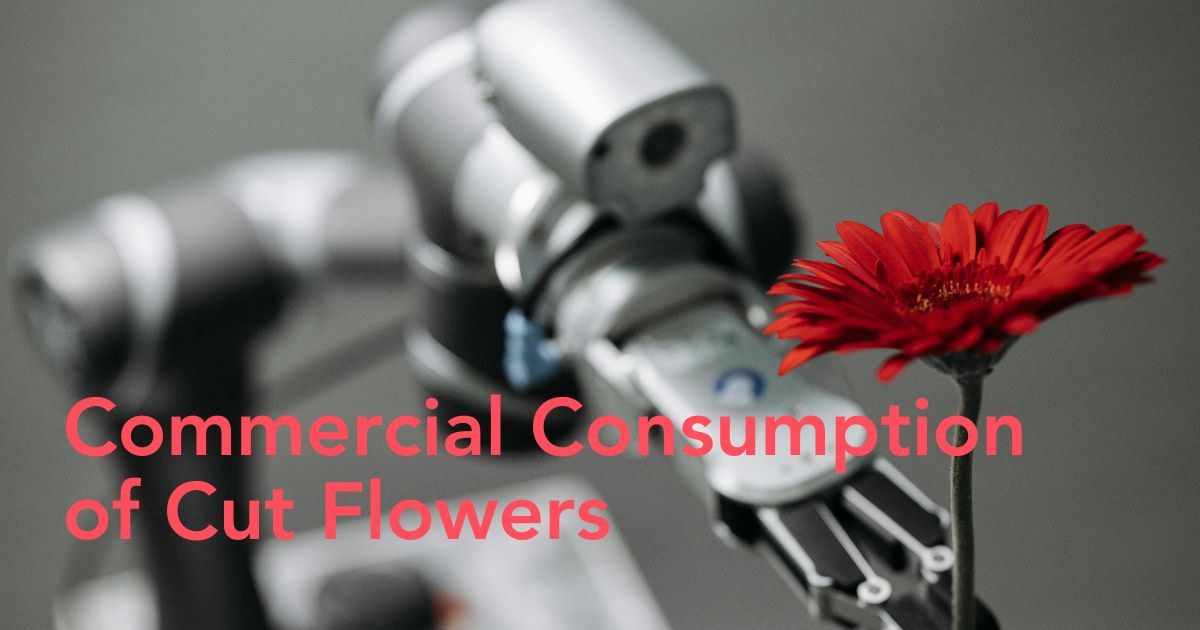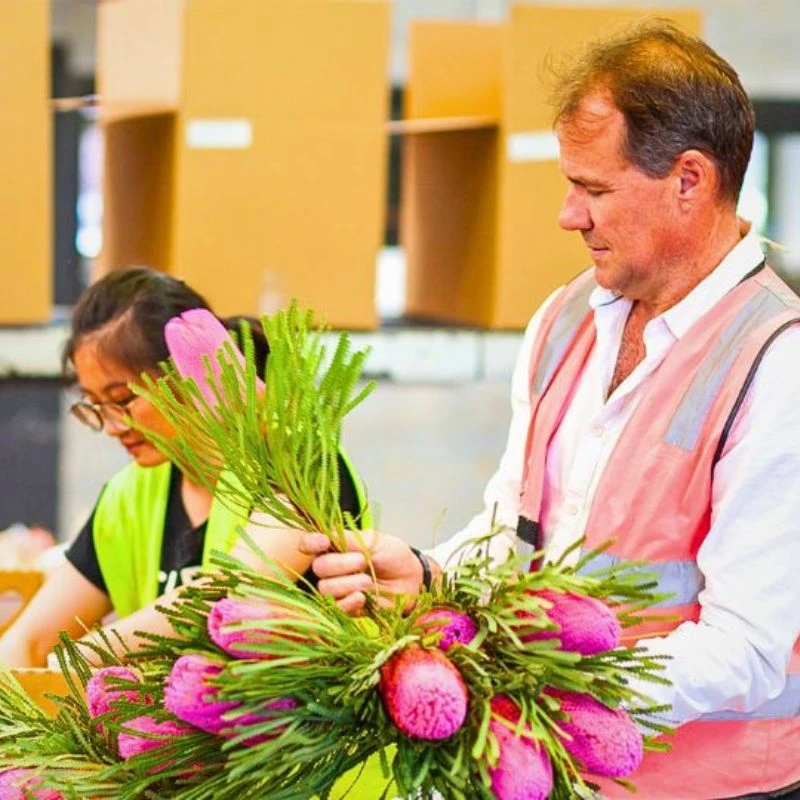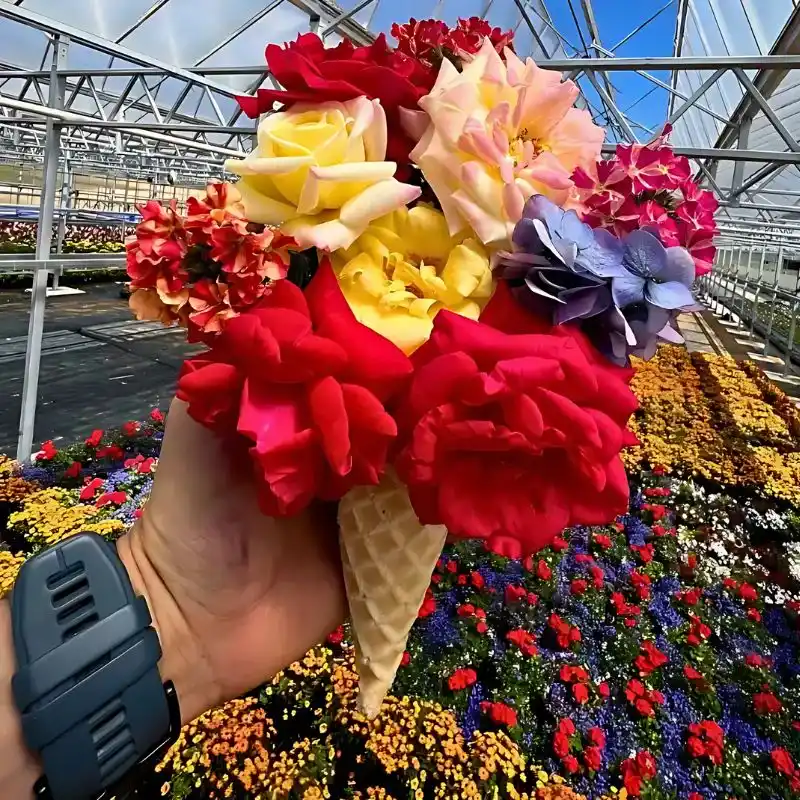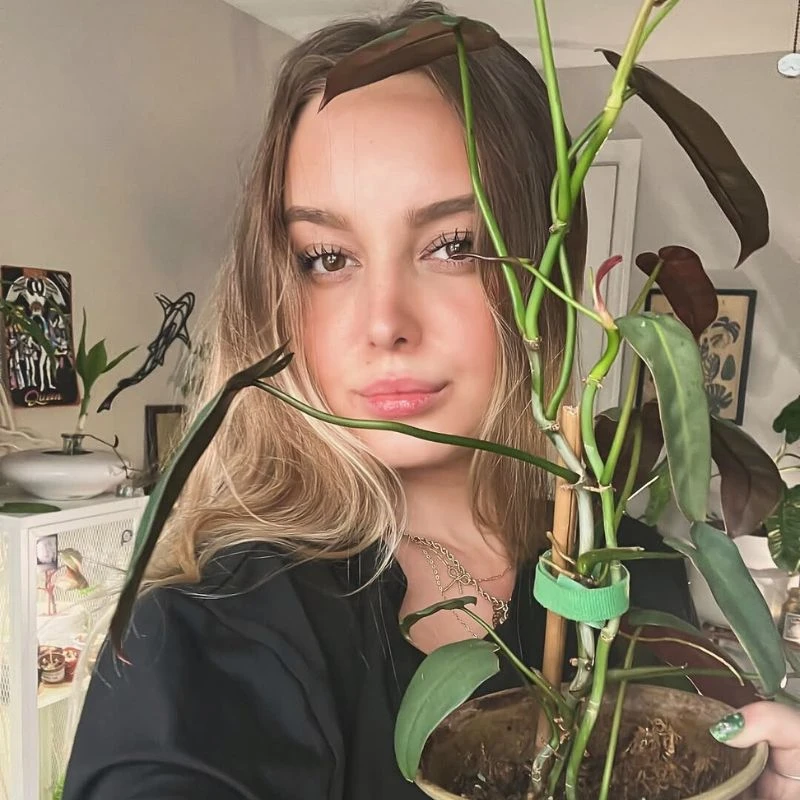The floral industry is something that has been in existence for a long time, enduring the testament of time, centuries, and civilizations. The secret? Embracing change and staying in the loop! Today, artificial intelligence (AI) is all the rage and is making waves across different sectors, and floral horticulture is no exception. You can also read about: How Technology is Revolutionizing the Care and Cultivation of Flowers and Plants
With intelligence systems and machines on the scene, the floral world can benefit from new opportunities that provide more efficiency and innovations. Let’s examine what’s happening in the industry and how AI and robotics change things.
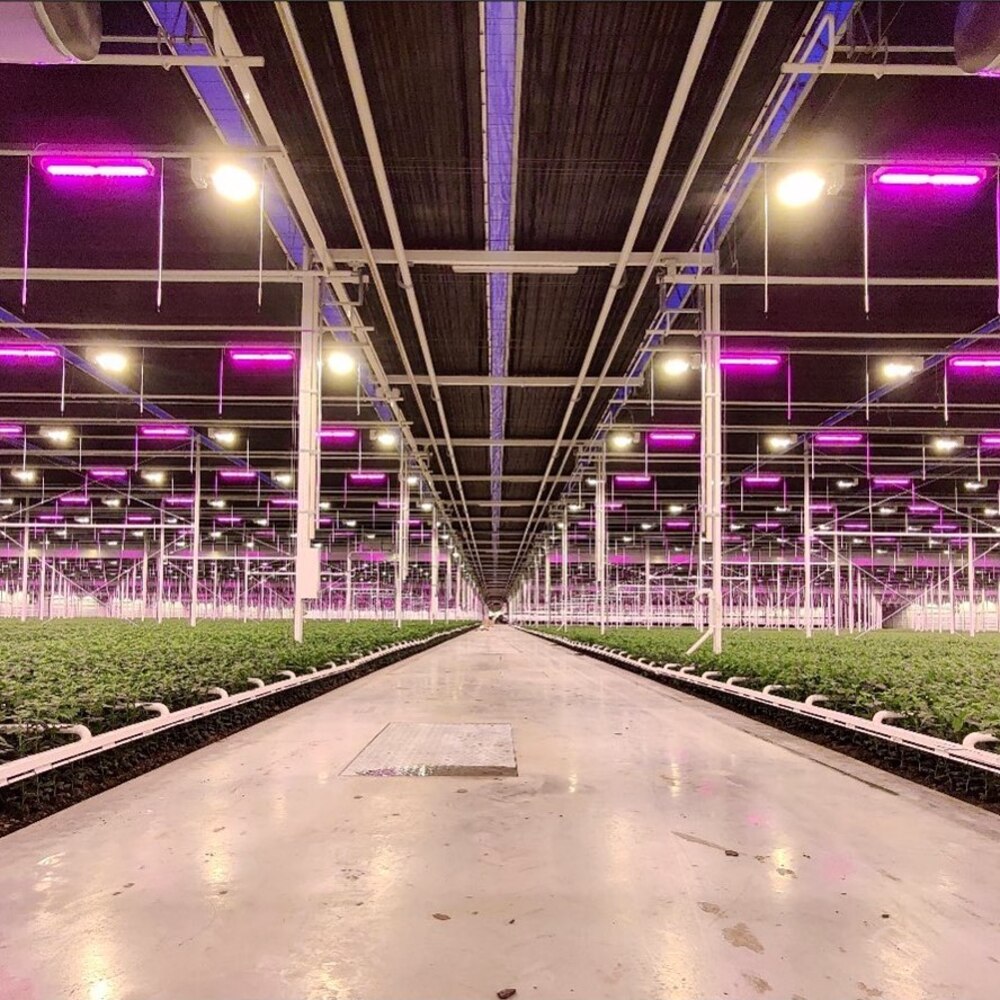
Current Hurdles in the Bloom Farming Industry
A recent report expects the market to grow and reach $70 billion by 2026. This uptick is attributed to growth in commercial consumption of cut flowers, ornamental plants, flowers for different occasions, and bouquets for gifts. However, the floral industry is also dealing with some challenges that need to be tackled to ensure continued success:
- Managing resources;
- Effective pest and disease control is crucial;
- Quick and efficient market delivery;
- Balancing productivity with sustainability.
Tackling these issues is crucial for the sector’s future and overall success. Luckily, the latest technology can significantly boost the bloom farming industry’s ability to adapt and thrive.
How Artificial Intelligent Systems Are Nurturing Floriculture
We’re lucky to witness this boom of powerful technological advancements amid the fourth industrial revolution. Automation and cutting-edge software are key features that contribute to this transition in machinery operations. Artificial intelligence and its subfields are key players in redefining efficiency by employing advanced “human brains” in problem-solving and decision-making.
Innovative technologies can drastically transform problem-solving, employing their powers to enhance growth, production, transfer, and upkeep. Let’s examine how AI can make life easier for growers and improve flower quality.
Keeping Plants Healthy
AI is redefining the floriculture industry by making it far simpler to keep the plants in good condition. Farmers can detect illnesses and pests early on by using AI-powered smart instruments. These tools are based on powerful picture recognition to pick up the problems in the preliminary stage before they become a real threat. As a result, farmers can respond to them promptly and eliminate the need for chemical treatments.

Making Soil Management Smarter
Soil care can be challenging. Fortunately, new sensors powered by neural networks offer real-time updates on surface conditions. These metrics include moisture, nutrients, and pH levels. Basically, this means farmers can make precise adjustments to watering and fertilizing, helping plants get exactly what they require at a particular moment.
Predicting Yields More Accurately
AI is a big help in predicting how much harvest to expect. By looking at past data, weather patterns, and current plant conditions, intelligent systems can give a pretty accurate forecast of the output. This lets farmers plan ahead and decide the perfect time to harvest. Ultimately, flowers are always at their best when they’re ready for the market.
Improving Marketing Strategies
AI-driven inventory management gives you great insights that can boost your marketing game. It allows you to fine-tune your plans to fit your target consumer better, remain up to date on the newest trends, and track which goods are losing popularity. This lets you alter your strategy promptly to stay in the loop and make better selections.
High-Tech Gardens: Automation in Greenhouses
Robotics is a field that combines engineering and computer science to design and build robots. These sophisticated devices assist us in various ways, doing activities that once primarily relied on people. Robots come in many types, including:
- Advanced sensors and AI robots;
- Autonomous mobile robots (AMRs);
- Delivery robots;
- Inventory management robots.
As greenhouse environments deal with uncertain weather, their upkeep becomes challenging. In this situation, automation and efficiency become crucial for boosting profits and ensuring success. Fortunately, robots are showing excellent results in transforming flower farming, making greenhouses smarter and more efficient.
Smart systems now take care of essential tasks like planting, watering, and harvesting. For instance, automated planters can space seeds perfectly and set them at just the right depth. Moreover, special watering robots can adjust water levels based on real-time soil moisture. This way, they ensure flowers get just the right amount without a trace of waste.
When it comes to pruning and pest control, robots excel. They can trim plants with precision, which helps them grow better and cuts down on manual labor. Furthermore, for pest control, these intelligent assistants employ sensors and AI to detect infestations and eliminate them precisely where needed, minimizing the use of toxic chemicals.
Robots are especially effective when used in large-scale operations. Greenhouses use them to manage entire harvests, sorting flowers by size and quality quickly and accurately. This speeds up the process, which is a critical requirement for big production, reducing errors and improving results with faster turnaround times.

AI and Robotics: Predicting the Perfect Bloom
What if you could eliminate the guesswork of growing beautiful and healthy flowers? AI and robotics analyze data to determine exactly when the plants will be at their best. This means growers can plan their harvests just right to get the perfect bloom at the ideal time.
Here’s how this tech is changing the game by offering the following benefits:
- Timing production to hit market demand;
- Cutting down on waste from too many or too few flowers;
- Boosting profits by syncing harvests with demand.
On top of that, these smart systems help keep flower quality consistent. Fine-tuning conditions for each plant help ensure every bloom is up to standard. As a result, your customers leave happier, as rejections become rare.
For those looking to present their floral products in the best possible light, tools like Watermarkly can be useful for upscaling image quality and ensuring every design looks professional and appealing.
AI for Designing Floral Art
Some florists are even taking things up by using AI to create fresh floral designs and predict future trends. Artificial neural networks can create innovative arrangements thanks to their intelligent algorithms that:
- Track the latest flower trends and what people love;
- Offer flower combos based on personal tastes;
- Design unique and eye-catching bouquets.
With AI on their side, florists get smart insights into the best flower pairings and arrangement ideas. So, sellers can stay ahead and keep their arrangements fresh and stylish. Moreover, every bouquet can be customized to match each customer’s vibe, giving them something truly special.
Pain Points in Adopting AI and Robotics in the Industry
Exploring AI and robots in floriculture may be interesting. As impressive as innovative technology may be, several key challenges may hinder its adoption in floriculture. So, it’s important to take your time and consider them to make smart decisions.
First, innovative tools can be expensive. Today’s technological innovation is never cheap and can indeed be a constraint, especially for companies with limited capital. Furthermore, these systems are generally intricate in function and maintenance. Thus, firms require a great deal of resources for such technology to be integrated into ongoing processes reasonably and smoothly.
One of the emerging concerns is the risk of job loss. With robots and artificial intelligence taking over more roles, there could be genuine worry about people becoming unemployed. As for now, smart systems are designed to help humans simplify the workflow, but who knows what the future holds?
To address most of these concerns, the emphasis has to be on education and gradual change. That is why providing training programs is a great idea. It enables the staff to work with new technologies without excessive learning curves. It’ll also be better to start with small, controllable projects. Such a transitional mode may come in handy to gauge the viability of a venture before proceeding.
In a related context, utilizing an open-source password manager can help floriculture businesses securely manage sensitive data, ensuring that innovations and insights are protected as they adopt new technologies.

Looking Ahead: The Future of Flower Production with AI and Robotics
Floriculture is truly set for a remarkable, promising future, spearheaded by advances in artificial intelligence and robotics. Drones are anticipated to play a starring role, flying over fields and greenhouses, assessing plant health, and delivering treatments with surgical-like accuracy.
Think about the future of automated markets, where the supply chain is balanced to its pinnacle and growers minimize losses while maximizing gains. This may be another innovation that will change the industry for the better. Furthermore, AI’s role in sustainability is just set to expand, revolutionizing resource management to continue reducing the ecological impact.
All in all, automating the major processes will most probably fully optimize the flower-growing industry. Therefore, this smarter and greener way of growing plants holds the potential to fundamentally change how flowers are nurtured, marketed, and consumed, making this industry one of the most efficient, sustainable, and innovative ever.
AI and Robotics
AI and robotics are considered key elements in the future development of the floral industry. When using intelligent tools, companies can reduce losses from unsold stock, improve forecast accuracy, and satisfy customers’ needs. They take less time and help minimize waste while creating opportunities for unique and analytical approaches.
As for opportunities, AI can help the industry solve existing challenges and cope with new ones. So, the future of floriculture looks bright, with the latest technologies fueling its progress. Here’s to a new era where the industry thrives – flourishing, adapting, and pushing boundaries with the help of cutting-edge technology!

